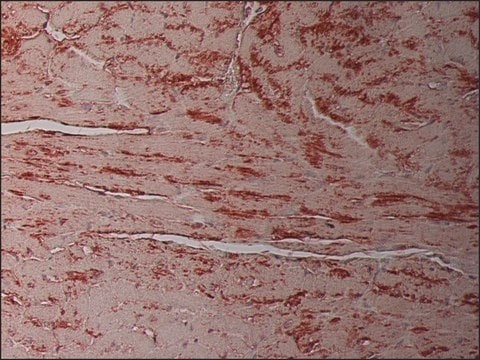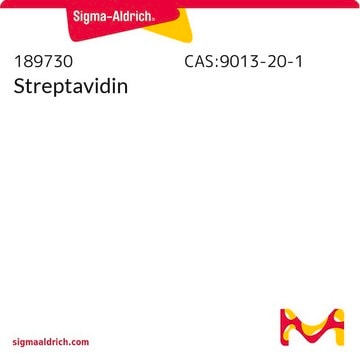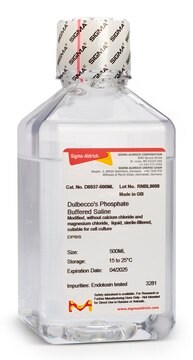The product issue you are reporting should be investigated by our Technical Service team who can assist you with further troubleshooting and/or investigation. We kindly ask you to navigate to the link https://www.sigmaaldrich.com/techservice, click on "Report Product Issues" under the Products Section with all the required information so that a member of our team can reach out to you to assist further. Thank you.
T1192
Anti-Thymine Dimer antibody, Mouse monoclonal
clone H3, purified from hybridoma cell culture
Synonyme(s) :
Mouse Anti-Thymine Dimer, Thymine Dimer Detection, Thymine Dimer Mouse Antibody
Sélectionner une taille de conditionnement
232,00 $
Sélectionner une taille de conditionnement
About This Item
232,00 $
Produits recommandés
Source biologique
mouse
Niveau de qualité
Conjugué
unconjugated
Forme d'anticorps
purified immunoglobulin
Type de produit anticorps
primary antibodies
Clone
H3, monoclonal
Forme
buffered aqueous solution
Espèces réactives
chicken, wide range
Conditionnement
antibody small pack of 25 μL
Concentration
~2 mg/mL
Technique(s)
capture ELISA: suitable
dot blot: 0.5-1 μg/mL
immunocytochemistry: suitable
Isotype
IgG1
Conditions d'expédition
dry ice
Température de stockage
−20°C
Modification post-traductionnelle de la cible
unmodified
Description générale
Immunogène
Application
Forme physique
Autres remarques
Patents WO87/01134, EP 0233 177 B1
Clause de non-responsabilité
Vous ne trouvez pas le bon produit ?
Essayez notre Outil de sélection de produits.
Code de la classe de stockage
12 - Non Combustible Liquids
Classe de danger pour l'eau (WGK)
WGK 2
Point d'éclair (°F)
Not applicable
Point d'éclair (°C)
Not applicable
Faites votre choix parmi les versions les plus récentes :
Certificats d'analyse (COA)
Vous ne trouvez pas la bonne version ?
Si vous avez besoin d'une version particulière, vous pouvez rechercher un certificat spécifique par le numéro de lot.
Déjà en possession de ce produit ?
Retrouvez la documentation relative aux produits que vous avez récemment achetés dans la Bibliothèque de documents.
-
When using PN T1192 as a primary antibody (1/200) on UV irradiated skin samples (IHC, Fresh frozen), I get no signal despite using a fluorescently labelled anti-mouse antibody as detection. The blocking is done with BSA.
1 answer-
Helpful?
-
Active Filters
Notre équipe de scientifiques dispose d'une expérience dans tous les secteurs de la recherche, notamment en sciences de la vie, science des matériaux, synthèse chimique, chromatographie, analyse et dans de nombreux autres domaines..
Contacter notre Service technique







